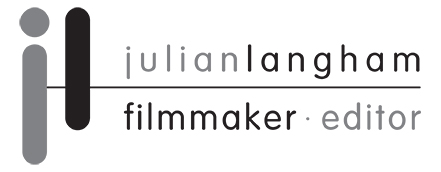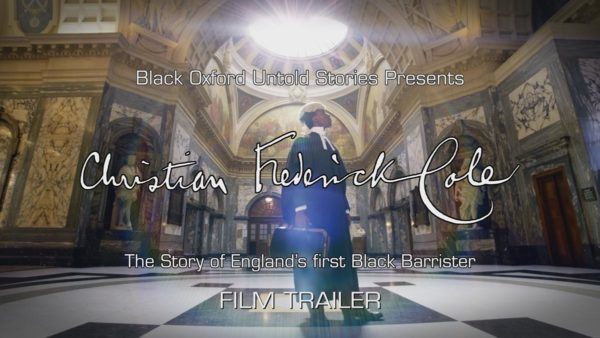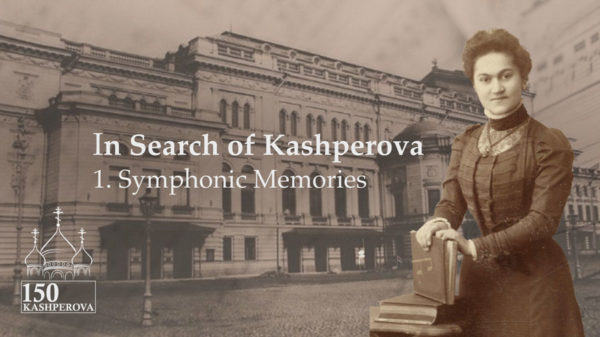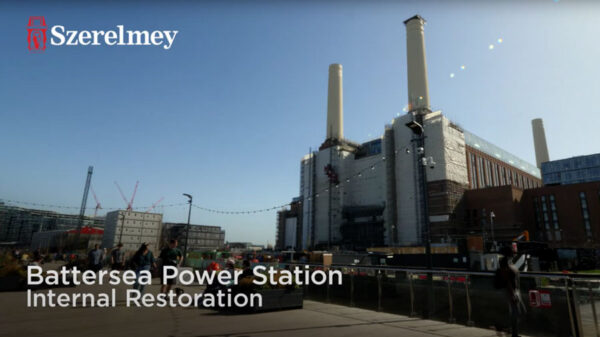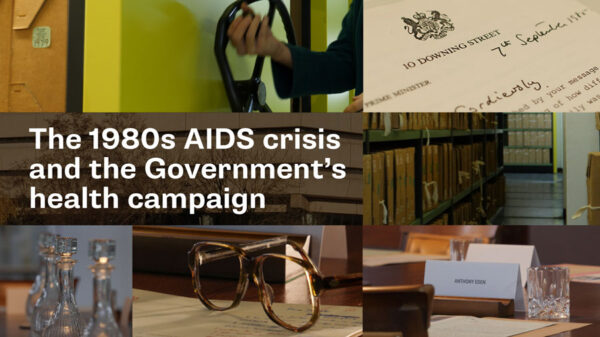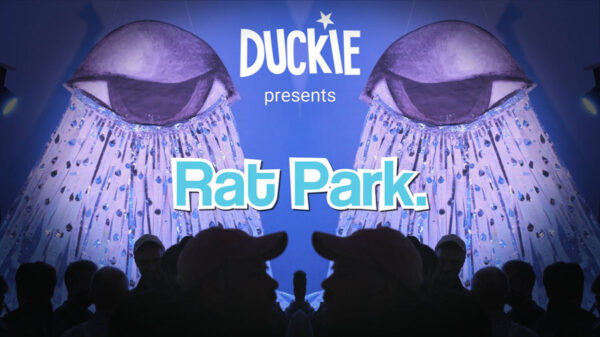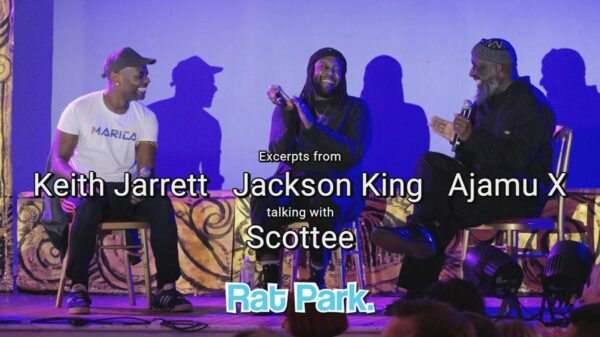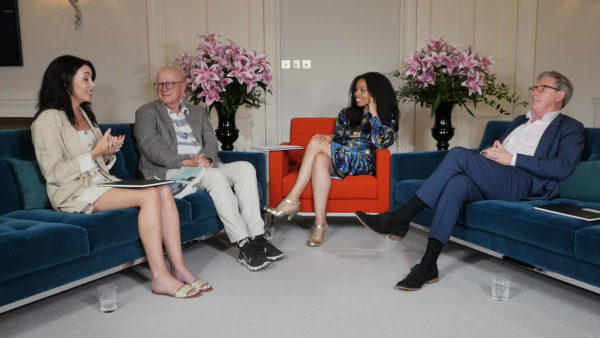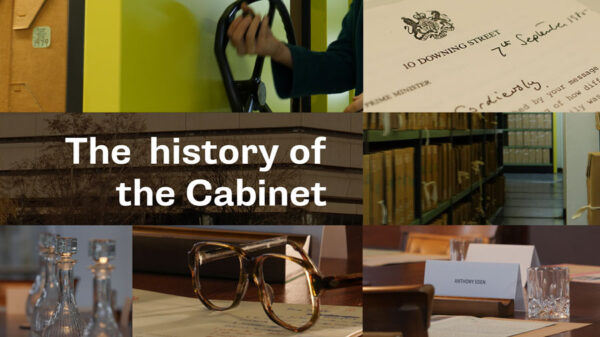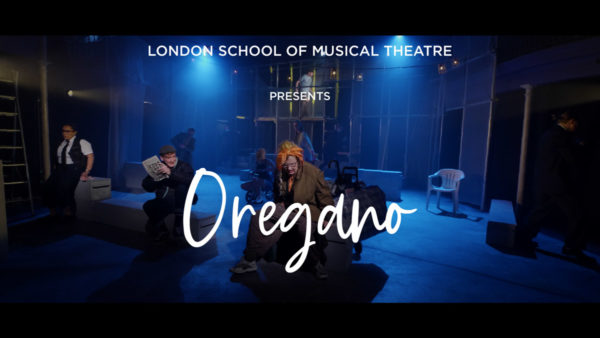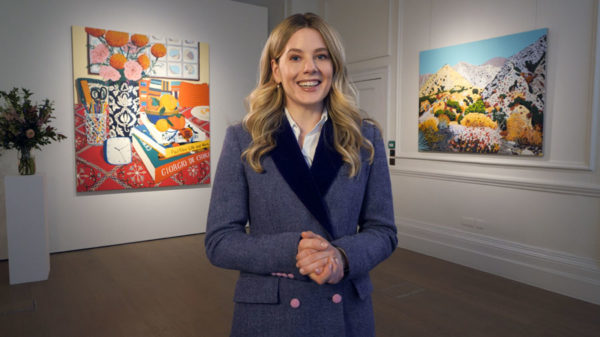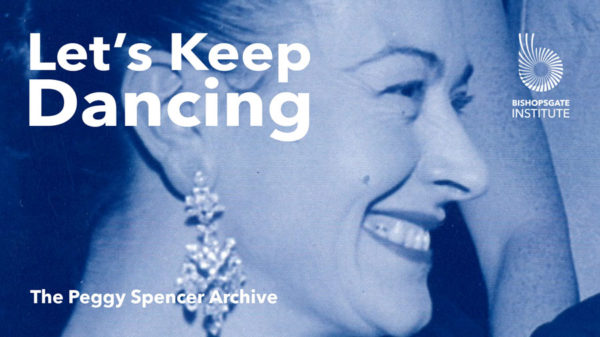BBC trained corporate video editor
Working as a corporate video editor I have edited a wide range of business-related, marketing and case study films and videos. In this case study, I outline the editing process that I undertook for a London based creative agency.
Video Editing for Glenfiddich
The filming for the Glenfiddich Golden Hour project took place across four days. Presenter (Mark Thomson) and crew drove to from London to the top of Scotland stopping at different locations along the way. The idea being to film the sunset (golden hour) going down during tasting session with Mark and some Glenfiddich explorers.
Corporate video editor for Gravity Thinking
Arriving at the client site with my Avid Media Composer edit system I found two Thunderbolt-enabled drives each with a copy of the camera media. The project had been filmed on a Sony FS7 as XAVC 422 Intra media and a 3840 x 2160 raster.
AMA linking the media in Avid
Initially, I did not know what camera had been used for filming. I tried AMA linking several different folder types but was not successful. I had a look through the camera media file structures and could see the XDROOT folders so I did a Google search on that. From that search, I could see that the media was Sony XDCAM. Once I had installed the Sony XDCAM codec I AMA linked the camera files into separate Avid bins.
Editing the media into a long timeline
Once all the media had been linked I then selected all of each day’s clips and dropped them into the timeline. This created a long assembly edit for each days filming. The FS7 records 8 tracks of audio and a separate data track. I checked all the tracks and could hear that only tracks 1 and 2 had been used. Deleting the tracks that had not been used I ended up with a 3-track timeline for each card per day.
Editing for sound first
Around one hour of camera footage had been filmed for each for the four days. All four days were to be edited down into roughly 3-4 minutes. One of my key skill s as a corporate video editor is being able to edit the essence of any story quickly. I started the video edit by finding all the up sound audio and editing together a separate timeline for each day’s audio. Once I had listened to all of the recorded audio I had a sense of what was available to tell the story.
UHD footage for HD delivery
After being briefed that the project was for 1920 x 1080 delivery I created a separate 1920 x 1080 Avid project and copied the timelines into this new project. I then continued editing from within this new project. Towards the later stages of the edit my MacPro was connected to 2x Thunderbolt LaCie drives and an additional USB 3 drive. At this stage, I was experiencing some choppy playback so decided to consolidate the key media assets that solved the problem.
With the final film duration in mind, I edited together the best of the sync sound into a slightly longer edit. Once the body of the story worked in audio I sourced some production music tracks and then painted the edit with cutaways and action shots. By the end of three days, I had delivered a final film for approval by the creative and client team.
Editing with Avid FrameFlex
It’s great now editing with UHD and 4K-camera footage. The FrameFlex option in Avid allows you to make the most of that larger raster and zoom in on images for 1920 x 1080 delivery without any loss of quality. Due to a changing brief, the edit continued until the client signed off the project.
